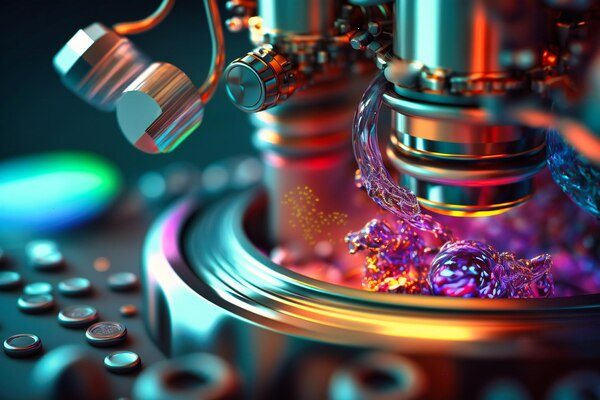The Future of Medicine: Nano Drug Delivery Systems
The field of medicine is constantly evolving, and one of the most promising advancements is the development of nano drug delivery systems. These systems, which utilize nanoparticles to deliver medications directly to specific cells or tissues, have the potential to revolutionize the way we treat a wide range of diseases, from cancer to neurological disorders.

One of the key advantages of nano drug delivery systems is their ability to target specific sites within the body. Traditional drug delivery methods often affect both diseased and healthy cells, leading to undesirable side effects. Nanoparticles can be engineered to recognize and bind to particular cell types, allowing for direct delivery of the medication to the intended site. This precision reduces the impact on healthy cells and enhances the efficacy of the treatment.
Moreover, nanoparticles can carry a higher concentration of drugs compared to conventional delivery methods. This allows for a lower overall dosage, which can improve patient compliance and reduce the risk of adverse effects. Additionally, the controlled release of drugs from nanoparticles can maintain therapeutic levels in the body for extended periods, enhancing the overall effect of the treatment.
The versatility of nanoparticles is another aspect that makes them attractive for drug delivery. These particles can be composed of various materials such as lipids, polymers, or metals, each offering different benefits depending on the required application. For instance, lipid-based nanoparticles can be used to cross biological barriers like the blood-brain barrier, making them ideal for treating neurological conditions.
Furthermore, nanoparticles offer the potential for integrating diagnostic and therapeutic functions, a field known as theranostics. This approach allows for real-time monitoring of the treatment's effects and makes it possible to adjust the therapy as needed, leading to more personalized and effective healthcare solutions.
Despite their potential, the implementation of nano drug delivery systems faces several challenges. One major concern is ensuring the biocompatibility and safety of the nanoparticles. There is also the need for extensive research to better understand how these particles interact with biological systems, which can vary significantly from one patient to another. Regulatory hurdles must be addressed to ensure that these innovative systems meet the required safety and efficacy standards.
Furthermore, the manufacturing and scalability of these nanoparticles must be developed to make them cost-effective and widely available. Collaborations between researchers, healthcare professionals, and industry stakeholders will be crucial in overcoming these challenges and moving nano drug delivery systems from the laboratory to clinical use.
In conclusion, nano drug delivery systems hold the promise of transforming medicine by offering targeted, efficient, and personalized treatment options. While there are challenges to be addressed, the potential benefits make them a worthwhile investment in the future of healthcare. With continued research and innovation, these systems could soon become an integral part of modern medical practice, significantly improving patient outcomes and quality of life.